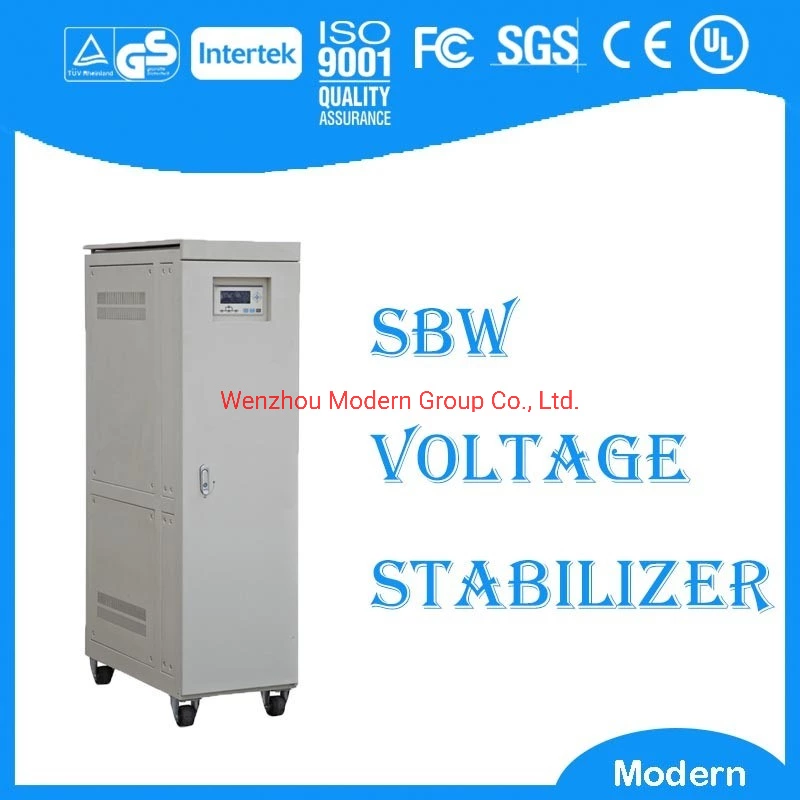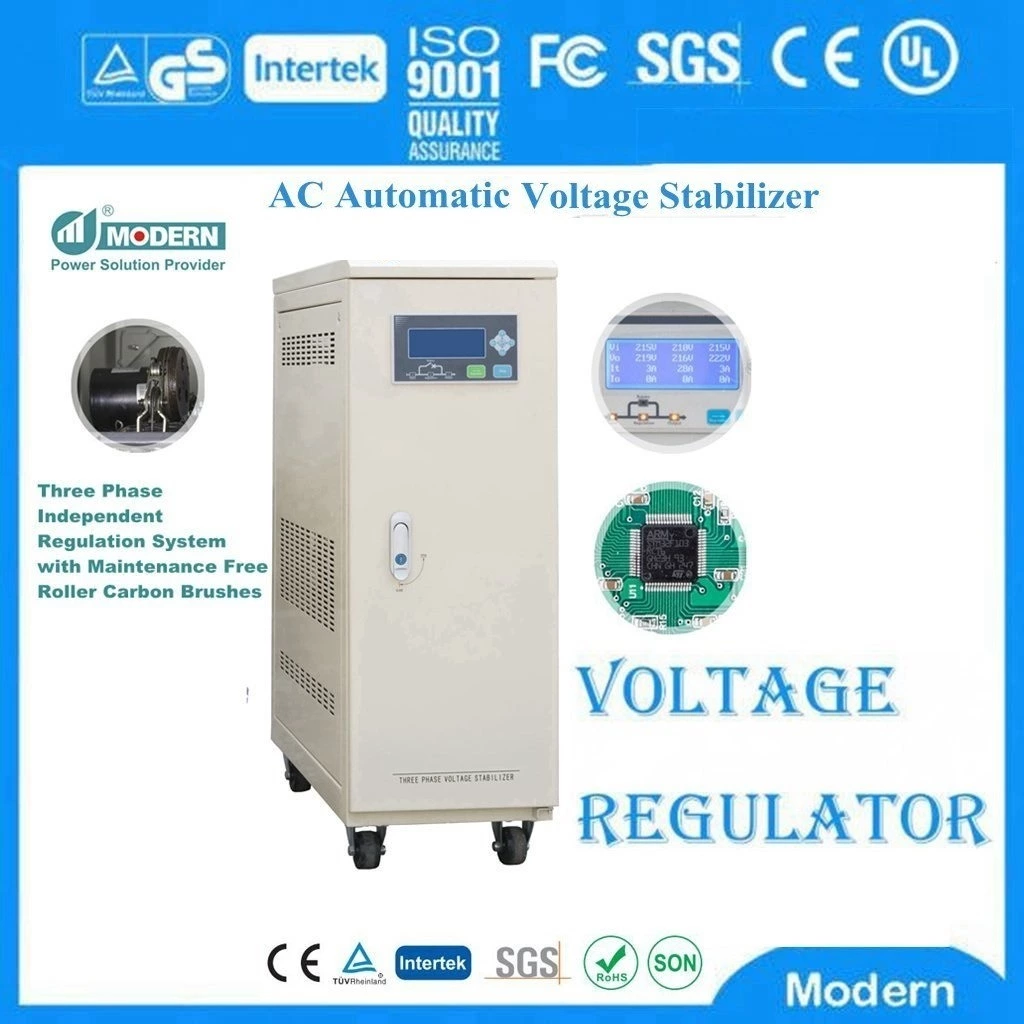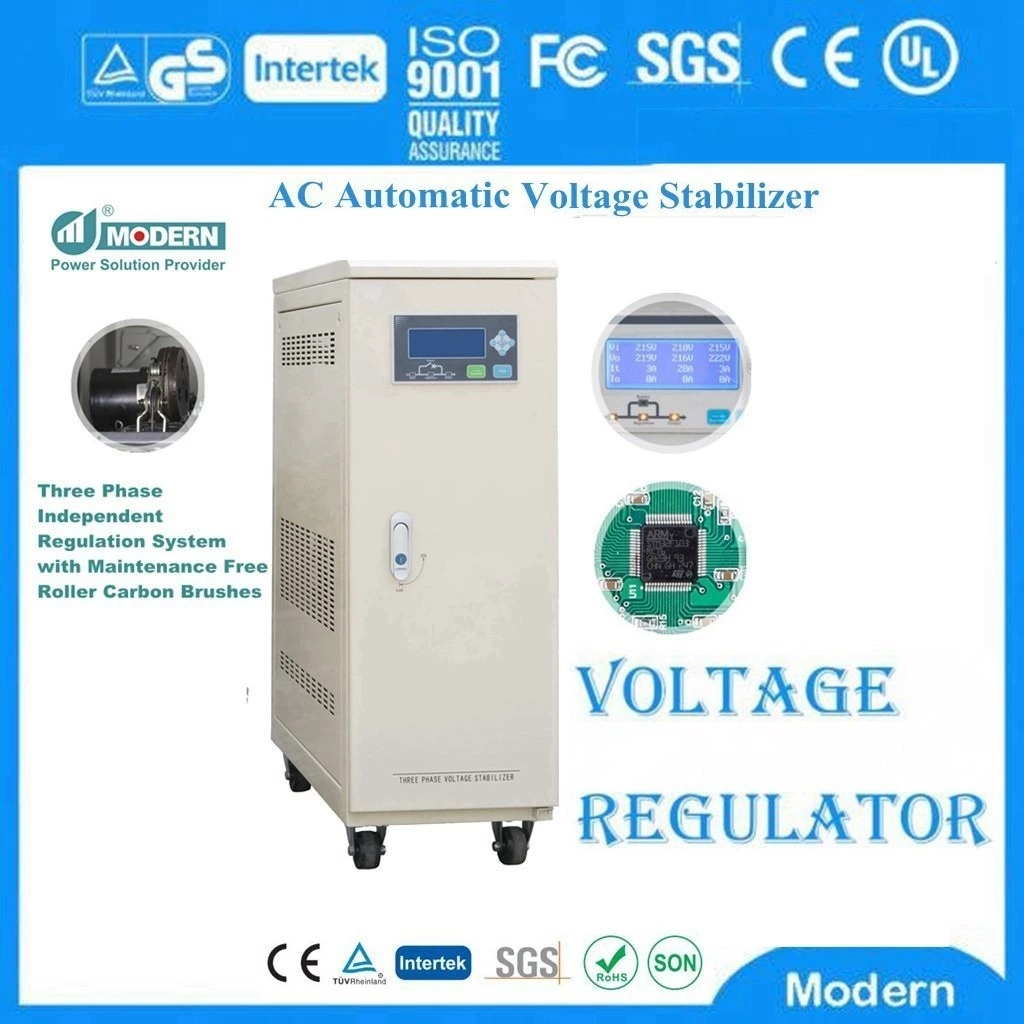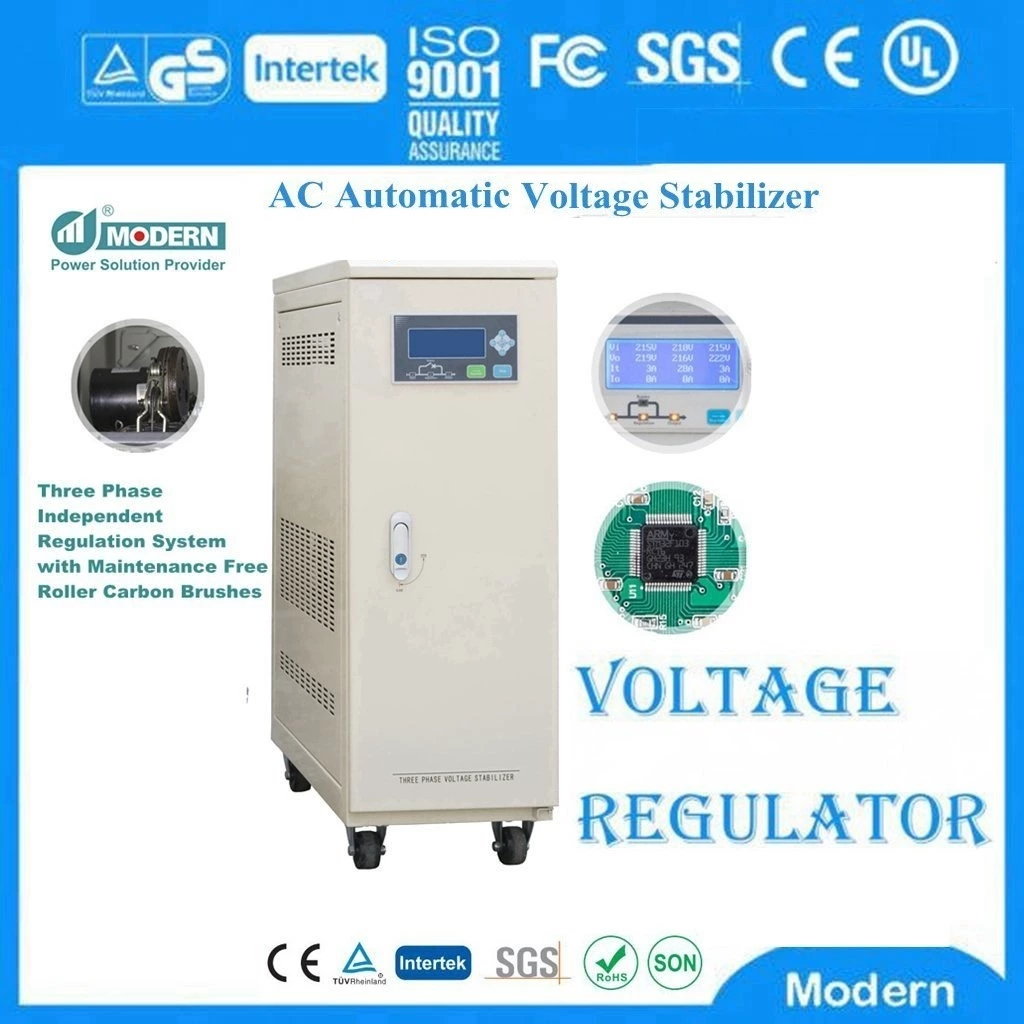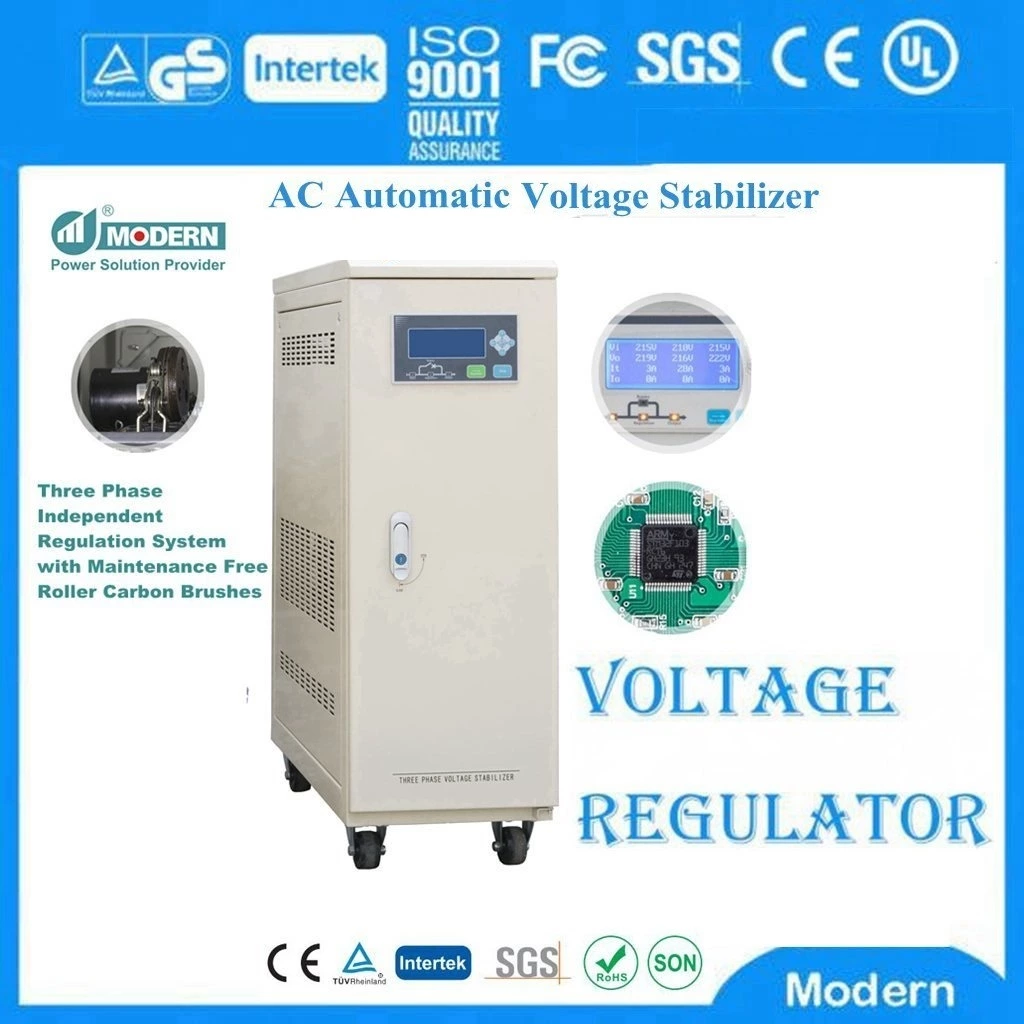Working Principle Of Ac Reactor
The working principle of AC Reactors is to use the combination of coils, iron cores and insulating materials to change the phase difference between voltage and current by inductance to achieve impedance matching between circuit input and output. When current passes through the reactor, it generates a magnetic field in its coil, which hinders the change of current and thus has the effect of limiting the flow of current. This hindering effect enables the reactor to optimize signal transmission and filter out clutter.
Specifically, AC reactors can be divided into air-core reactors and iron-core reactors. Air-core reactors are made of wires wound into a solenoid form, while iron-core reactors insert an iron core into the solenoid to increase inductance. When AC current passes through the reactor, the inductor generates a self-induced electromotive force, which hinders the change of current and causes the phase difference between current and voltage to change. This change in phase difference helps to achieve impedance matching between circuit input and output, thereby optimizing the performance of the circuit.
In addition, AC reactors are widely used in power systems, such as limiting short-circuit current, improving voltage distribution on long transmission lines, absorbing charging capacitive reactive power in cable lines, and preventing self-excited resonance when generators carry long lines.
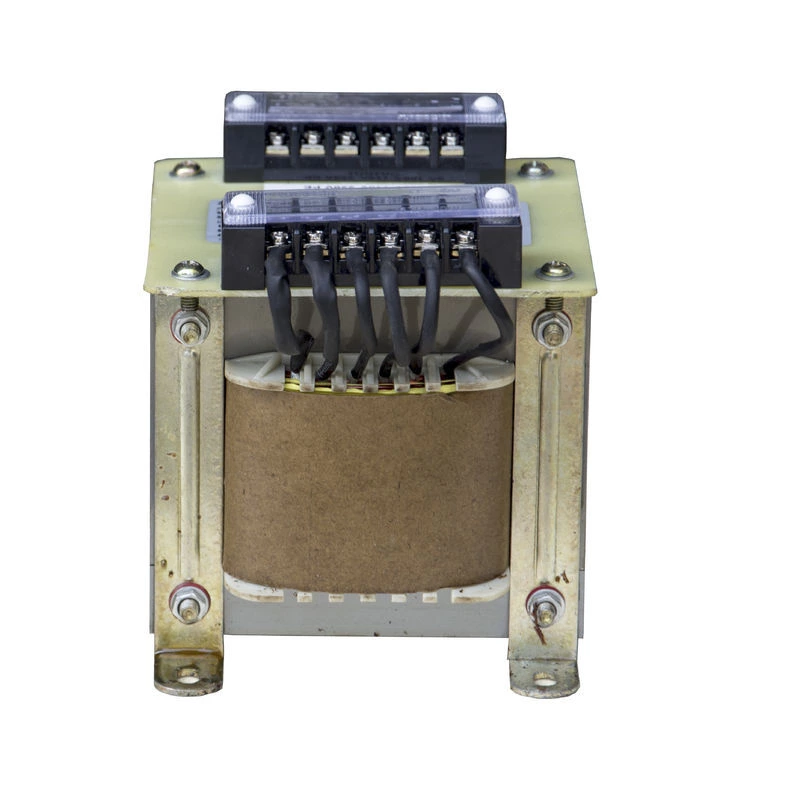
 Русский
Русский
 Français
Français
 Português
Português
 Español
Español
 اللغة العربية
اللغة العربية
